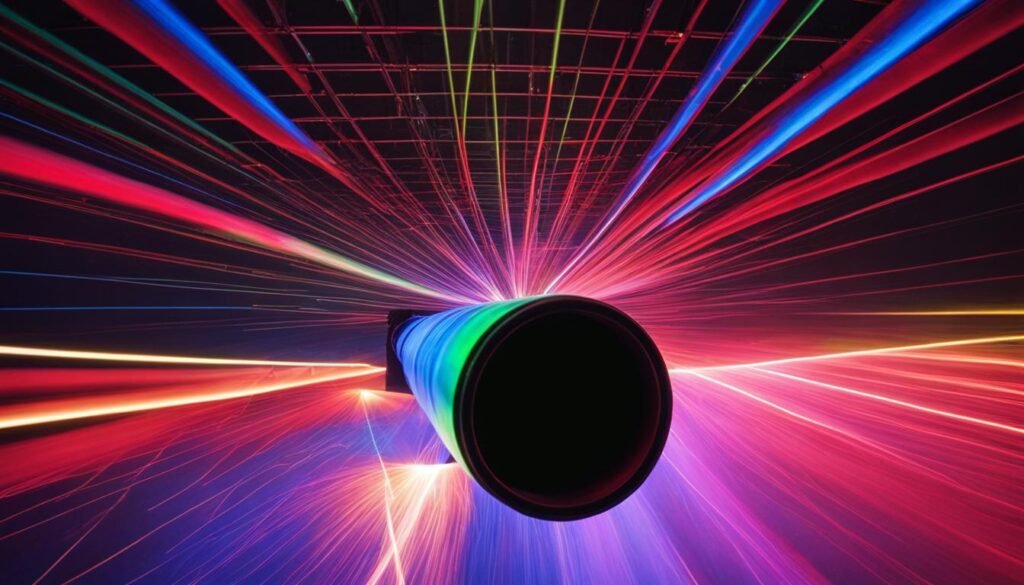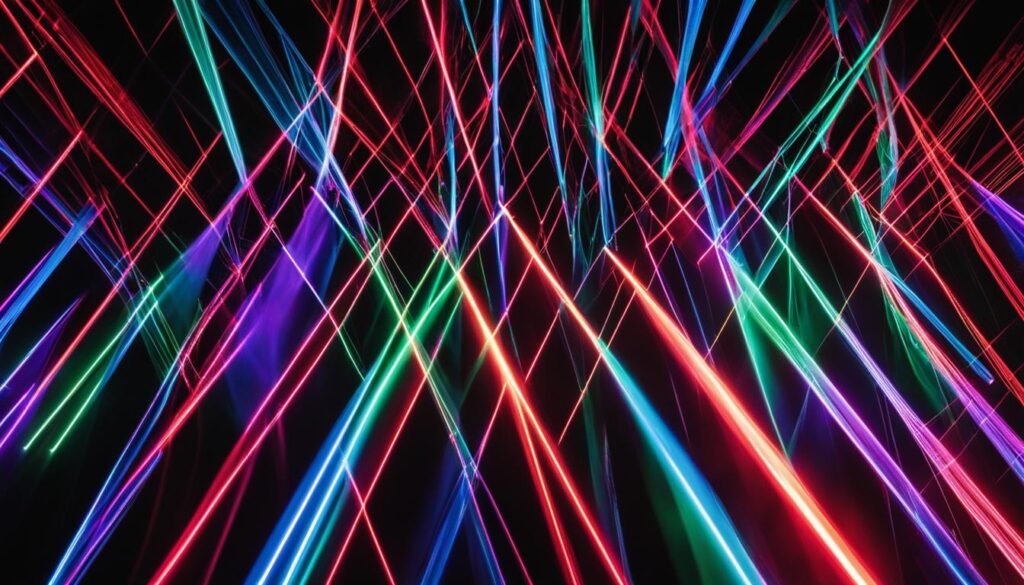Contents

Source: Aerodiode
Understanding Fiber-Coupled Diode Lasers
Fiber-coupled diode lasers are pivotal in various photonics applications due to their efficiency and versatility. This blog post explores their advantages, types, and potential drawbacks, providing a comprehensive understanding of their role in modern technology.
Advantages of Fiber-Coupled Diode Lasers
Enhanced Beam Quality
Fiber-coupled diode lasers offer a circular and smooth intensity profile. This attribute simplifies the optical setup, as less complex optics are required to generate a circular pump spot, particularly beneficial for end-pumped solid-state lasers.
Compact Design
By integrating the laser diodes with their cooling systems, fiber-coupled lasers allow for more compact designs. This integration frees up space for other components and simplifies the replacement of defective lasers without the need for realignment.
Seamless Integration
These lasers can be easily combined with other fiber-optic components, enhancing their utility in complex optical systems.
Types of Fiber-Coupled Diode Lasers
Vertical Cavity Surface-Emitting Lasers (VCSELs)
VCSELs emit beams with high quality and moderate divergence, making them suitable for coupling into single-mode fibers. The coupling efficiency can reach up to 80%, making them highly efficient for various applications.
Edge-Emitting Laser Diodes
These diodes can also be coupled to single-mode fibers, though challenges such as beam ellipticity and astigmatism may reduce efficiency. Additional optical elements like cylindrical lenses can help mitigate these issues.
Broad Area Laser Diodes
Broad area lasers are multimode in nature, and while they can be coupled into multimode fibers, optimizing brightness remains a challenge. Techniques like beam reshaping can enhance their performance significantly.
Diode Bars and Stacks
For diode bars and stacks, coupling involves either using fiber bundles or advanced beam shaping techniques to manage asymmetric beam quality. These configurations can deliver high power outputs for demanding applications.
Drawbacks of Fiber Coupling
Cost and Efficiency
Fiber-coupled diode lasers are generally more expensive than their free-space counterparts. Additionally, they may experience reduced output power and brightness, which can present challenges in certain applications.
Polarization Issues
Most fiber-coupled lasers do not maintain polarization, which can lead to stability problems in systems where polarization-dependent absorption is critical.
Conclusion
Fiber-coupled diode lasers are integral to many photonics applications, offering numerous advantages in beam quality and system integration. While they present some challenges, particularly regarding cost and polarization, their benefits often outweigh these drawbacks, making them a valuable tool in the field of photonics.
Source: Opt Lasers
Feel free to comment your thoughts.



